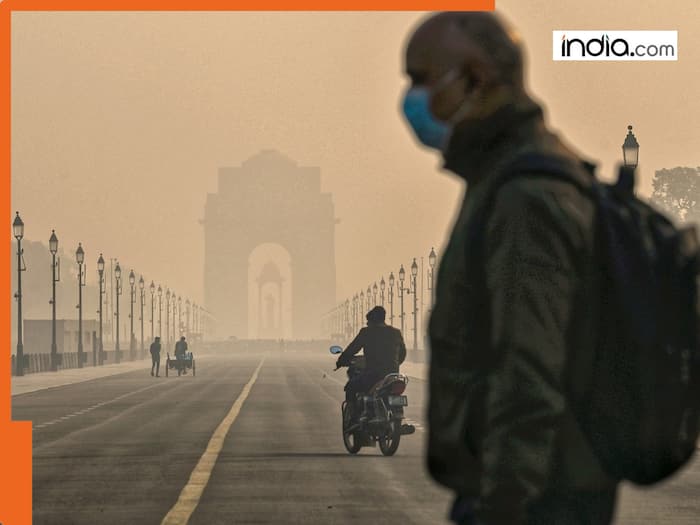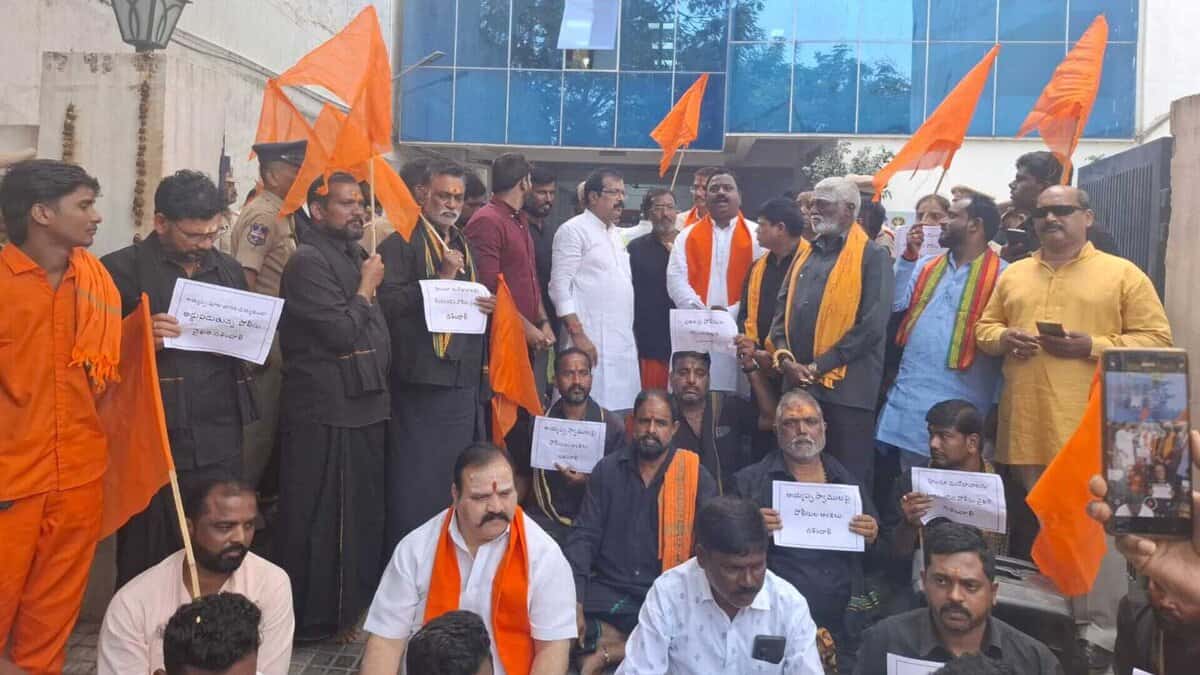Delhi’s air got a little better, so the pollution control body (CAQM) lifted some of the strictest rules (GRAP Stage-III). This means construction, vehicles, schools, and offices can go back to normal. However, the air is still unhealthy, so less strict pollution rules (Stage-I and II) are still in place.

In a brief respite from hazardous smog, the Commission for Air Quality Management (CAQM) announced on Wednesday the revocation of Stage-III restrictions under the Graded Response Action Plan (GRAP) across Delhi-NCR, as air pollution levels edged downward. After days of choking haze and air quality index (AQI) levels soaring into the “severe” and “hazardous” categories, the air quality has shown modest improvement. According to CAQM and private tracker readings, the region’s AQI presently stands at 327 – a marked drop from earlier extreme levels.
In light of this improvement, the sub-committee overseeing GRAP determined that the “disruptive nature of restrictions under Stage III” was no longer justified and withdrew them with immediate effect.
Nonetheless, caution remains: both Stage-I and Stage-II measures under GRAP will remain active, and implementing agencies have been asked to intensify monitoring and enforcement to prevent a return to severe pollution.
As a result of the rollback:
Non-essential construction and demolition work, banned under Stage-III, are now allowed to resume, except for sites previously issued closure notices for violations. The earlier ban on certain older petrol/diesel vehicles in the capital and adjoining districts has been lifted.
Offices will now operate normally as the 50% work-from-home directive has been withdrawn. Similarly, schools – many of which had switched to hybrid or online learning – are expected to resume full in-person classes.
Announcing the decision, Environment Minister Manjinder Singh Sirsa said CAQM’s assessment over the past three days supported the move. He confirmed that the city will now operate under GRAP Stage-II restrictions.
Health Risk Remains: Air Still Hazardous
Despite the easing of curbs, the air quality remains dangerous. According to private tracker data cited by media, breathing in current air conditions is reportedly “as harmful as smoking 10 cigarettes a day,” referencing average PM2.5 concentrations over the past 24 hours.
On Monday, parts of the NCR region recorded PM2.5 levels of 345 µg/m³ – more than 23 times the threshold recommended by the World Health Organization (WHO).
Medical professionals are strongly advising people-especially our elders, young children, and anyone with breathing or heart conditions-to reduce time spent outdoors. If you need to step out, please wear an N95 mask. Indoors, try to use air purifiers if you can. It’s also recommended to skip tough outdoor exercises like jogging or yoga until the air quality gets better.
What happens next?
Even though the rules for bad air quality (GRAP Stage-III) have been relaxed, which makes daily life a bit easier, environmental experts are warning that this relief might not last long. Forecasts from the India Meteorological Department (IMD) and other agencies suggest air quality may remain in the “very poor” category for the next several days – raising concerns that pollution levels could rebound.
Residents and authorities alike remain on alert: agencies have been directed to keep dust-control measures and vehicular-emission monitoring in high gear. Any spike in pollution levels could trigger a reinstatement of stricter curbs under GRAP.
For now, removing the GRAP-III rules brings a small sense of relief, but it doesn’t mean the air is completely clean. Air quality is still a worry, and we need to keep paying close attention.

















































